-
×
 Zoom Filter Power Adapter 24V
5,0 ر.ع.
Zoom Filter Power Adapter 24V
5,0 ر.ع.
Stainless Steel RO Faucet
5,0 ر.ع.
Stainless Steel Metal Faucet for Reverse Osmosis (RO) Water Filter:
A sleek and durable faucet made of stainless steel, specially designed for RO water filtration systems. It features high resistance to rust and corrosion, with a modern design that adds a touch of elegance to your kitchen. Provides precise flow of purified water, easy to install and maintain. An ideal choice for clean and healthy water for drinking and cooking, ensuring long-lasting performance and reliability.
Stainless Steel Metal Faucet for Reverse Osmosis (RO) Water Filter
The stainless steel metal faucet for reverse osmosis (RO) water filtration systems is the perfect choice for those seeking a combination of elegance and durability in their kitchen. This faucet is specifically designed for use with RO water purification systems, providing you with pure, healthy water while adding a touch of luxury to modern spaces.
Key Features of the Stainless Steel Faucet for RO Filters:
- Stainless Steel Material:
This faucet is made of high-quality stainless steel, ensuring excellent resistance to rust and corrosion. Thanks to its robust properties, it offers long-lasting performance and remains reliable even with daily heavy use. - Modern and Elegant Design:
The stainless steel faucet boasts a sleek and contemporary design that complements all modern kitchen styles. Its shiny, smooth surface adds a touch of sophistication and blends seamlessly with other kitchen appliances and fixtures. - Precise Water Flow Control:
The RO faucet is engineered to provide precise regulation of water flow, allowing you to control the amount of purified water dispensed. The easy-to-use handle ensures smooth operation and effortless adjustment. - Easy Installation and Maintenance:
The faucet is designed for easy installation, fitting seamlessly with all types of RO water filtration systems. It comes with all necessary accessories for quick setup and can be cleaned easily without the need for special cleaning products. - Healthy Water Supply:
This faucet delivers purified water from the RO system, ensuring it is free from impurities such as salts, heavy metals, and harmful chemicals. You can enjoy clean and healthy water for drinking and cooking. - Versatile Use:
The stainless steel faucet is compatible with various reverse osmosis water filtration systems, making it ideal for use in homes, offices, or restaurants, ensuring high water quality across different settings.
Why Choose a Stainless Steel RO Faucet?
Opting for a stainless steel RO faucet is a long-term investment. Not only does it guarantee pure and healthy water, but it also enhances the aesthetic appeal of your kitchen with its elegant, durable design. With this faucet, you can enjoy clean water without worrying about corrosion or frequent replacements.
The stainless steel metal faucet for reverse osmosis water filters
is the ideal choice for obtaining clean and healthy water while adding a touch of elegance to your kitchen. With its durable and modern design, this faucet is a long-lasting investment that provides high-quality water and comfort in daily use.
FAQs
Is stainless steel good for RO water?
Is Stainless Steel Good for RO Water?
Yes, stainless steel is a great material for storing and handling RO (Reverse Osmosis) water, but it depends on the grade of stainless steel used.
🔹 Why Stainless Steel is Good for RO Water
✔ Corrosion-Resistant – Unlike regular metals, stainless steel does not rust easily when in contact with low-mineral (aggressive) RO water.
✔ No Chemical Leaching – Unlike plastic, high-quality stainless steel does not release harmful chemicals into the water.
✔ Long-Lasting & Durable – High-quality stainless steel tanks, pipes, or faucets can last for years.
✔ Does Not Absorb Odors or Contaminants – Keeps RO water pure and fresh without affecting its taste.
🔹 Best Stainless Steel Grades for RO Water
RO water is highly purified and aggressive because it lacks minerals, making it more likely to corrode some metals. To prevent this, higher-grade stainless steel should be used:
| Stainless Steel Grade | Suitability for RO Water | Notes |
|---|---|---|
| 304 Stainless Steel | ✅ Good | Common in food-grade applications, resists mild corrosion. |
| 316 Stainless Steel | ✅✅ Best | Higher corrosion resistance, best for long-term RO water contact. |
| 316L Stainless Steel | ✅✅✅ Excellent | Low-carbon version of 316, best for extreme purity and durability. |
🔹 Avoid using regular steel or low-quality metals as they can rust and contaminate the RO water.
🔹 Where is Stainless Steel Used in RO Systems?
✅ RO Water Storage Tanks – Some high-end RO systems use stainless steel tanks instead of plastic to maintain purity.
✅ RO Water Faucets – Stainless steel faucets prevent contamination and last longer than plastic ones.
✅ RO Piping & Connectors – Used in industrial and high-end residential systems.
🚨 Things to Consider
🔻 Low-quality stainless steel (or non-stainless metals) may corrode faster due to the high purity of RO water.
🔻 If using a stainless steel tank, ensure it is food-grade (304/316) and properly maintained to prevent buildup.
🔻 316 or 316L stainless steel is recommended for long-term use with RO water to prevent pitting and corrosion.
🚀 Final Verdict: Stainless Steel for RO Water?
✅ Yes, but only high-quality stainless steel (304, 316, or 316L) should be used.
✅ Best for tanks, faucets, and piping where purity and durability matter.
✅ Avoid lower-grade metals that may corrode over time.
Does reverse osmosis need a special faucet?
Does Reverse Osmosis Need a Special Faucet?
Yes, a reverse osmosis (RO) system typically requires a dedicated RO faucet, which is different from standard kitchen faucets. RO water is highly purified and low in minerals, so it needs a faucet that prevents contamination and maintains water quality.
🔹 Why Does RO Need a Special Faucet?
✅ Non-Corrosive Materials – RO water is aggressive to some metals, so the faucet should be made of stainless steel or lead-free materials.
✅ Air Gap vs. Non-Air Gap Design – RO faucets have an optional air gap to prevent backflow contamination.
✅ Separate Water Line – RO water should not mix with regular tap water, so a dedicated RO faucet ensures only purified water is dispensed.
✅ Small Flow Rate Design – Standard faucets are designed for high flow rates, while RO faucets are optimized for lower pressure and slower water flow from the RO system.
🔹 Types of RO Faucets
| Type | Description | Best For |
|---|---|---|
| Air Gap Faucet | Has an extra drain connection to prevent backflow contamination. | Required by plumbing codes in some areas. |
| Non-Air Gap Faucet | Directly connects to the RO system without an extra drain. | Most common and simpler installation. |
| 3-Way Faucet | Combines hot, cold, and RO water in one tap. | Ideal for users who want a single faucet for everything. |
💡 Most homeowners use a non-air gap RO faucet because it is easier to install and doesn’t require modifying the sink drain.
🔹 Can I Use a Regular Faucet for RO Water?
🔻 No, unless it is designed for RO water.
🔻 Regular faucets may have brass or other metals that can corrode when exposed to low-mineral RO water.
🔻 RO systems operate at lower pressure, and standard faucets may not function properly.
✅ If you want an RO-compatible standard faucet, choose one made of stainless steel or lead-free materials.
🚀 Final Recommendation
✔ Use a dedicated RO faucet to ensure purity and proper water flow.
✔ Choose an air gap or non-air gap faucet based on your plumbing needs.
✔ For a single-faucet solution, a 3-way faucet can dispense both tap and RO water.
Which is better nickel or stainless steel faucet?
Which is Better: Nickel or Stainless Steel Faucet for RO Water?
When choosing between nickel and stainless steel for an RO water faucet, stainless steel is the better choice for durability, water purity, and corrosion resistance. Here’s why:
🔹 Comparison: Nickel vs. Stainless Steel for RO Water Faucets
| Feature | Nickel Faucet | Stainless Steel Faucet |
|---|---|---|
| Material Composition | Usually brass with a nickel plating | Solid 304 or 316 stainless steel |
| Durability | Nickel coating can wear off over time | Highly durable, no coating needed |
| Corrosion Resistance | Moderate (plating can corrode with RO water) | High resistance, ideal for RO water |
| Safe for RO Water? | ❌ Not recommended (can leach metals) | ✅ Best choice (no leaching, food-grade safe) |
| Appearance | Shiny or brushed finish, but may fade | Naturally resists fading, scratches, and stains |
| Maintenance | Can tarnish, needs regular cleaning | Low maintenance, easy to clean |
| Longevity | Wears out faster, needs replacement sooner | Long-lasting, does not degrade with RO water |
🔹 Why Stainless Steel is Better for RO Water
✅ Corrosion-Resistant – RO water is highly purified and aggressive, making nickel-plated faucets more prone to corrosion. Stainless steel doesn’t react with RO water.
✅ No Metal Leaching – Nickel-plated faucets often have brass or other metals inside that may leach into the water over time. Stainless steel is 100% safe.
✅ More Durable – Unlike nickel-plated faucets, which can chip or wear, stainless steel remains intact and long-lasting.
✅ Better for Health – Stainless steel is food-grade safe (especially 304 or 316 stainless steel).
🚀 Final Verdict: Stainless Steel Wins!
✔ Stainless steel faucets are the best choice for RO water due to their durability, safety, and resistance to corrosion.
✔ Nickel-plated faucets may look good initially but are not ideal for long-term RO water use.
Only logged in customers who have purchased this product may leave a review.


 العربية
العربية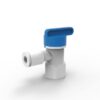
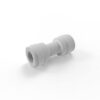
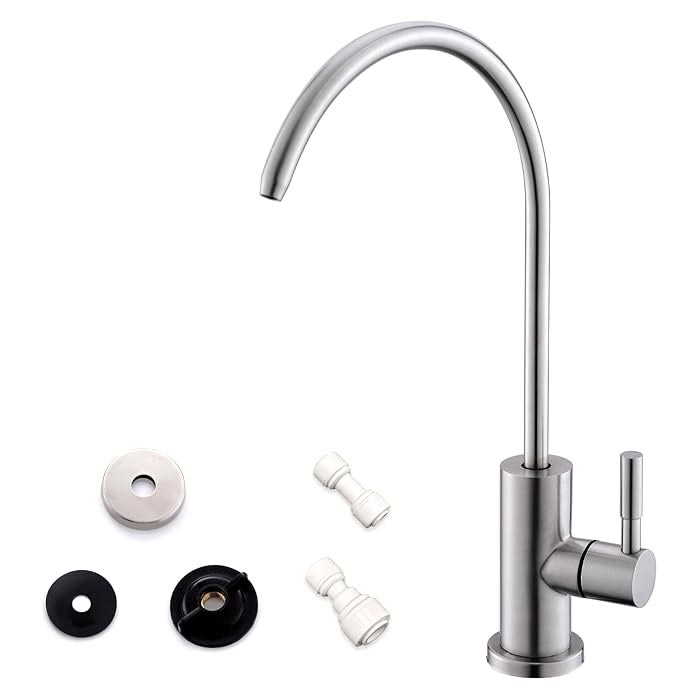

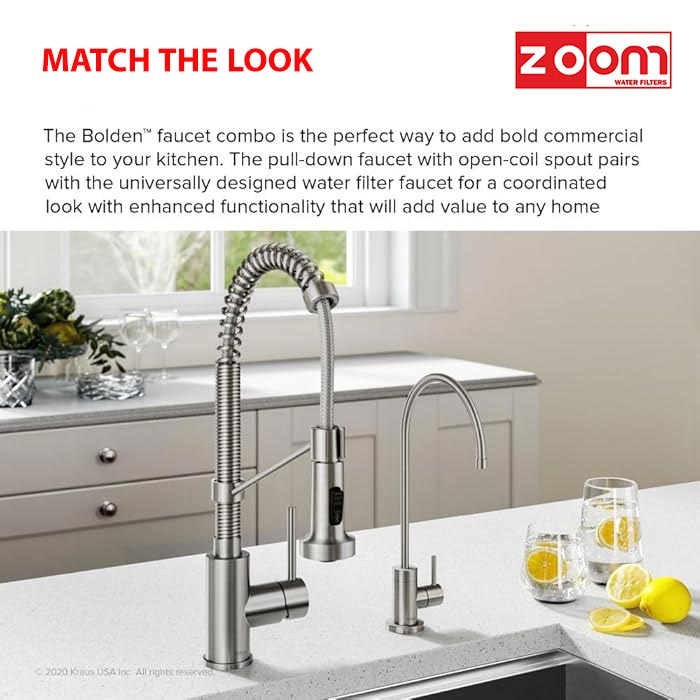
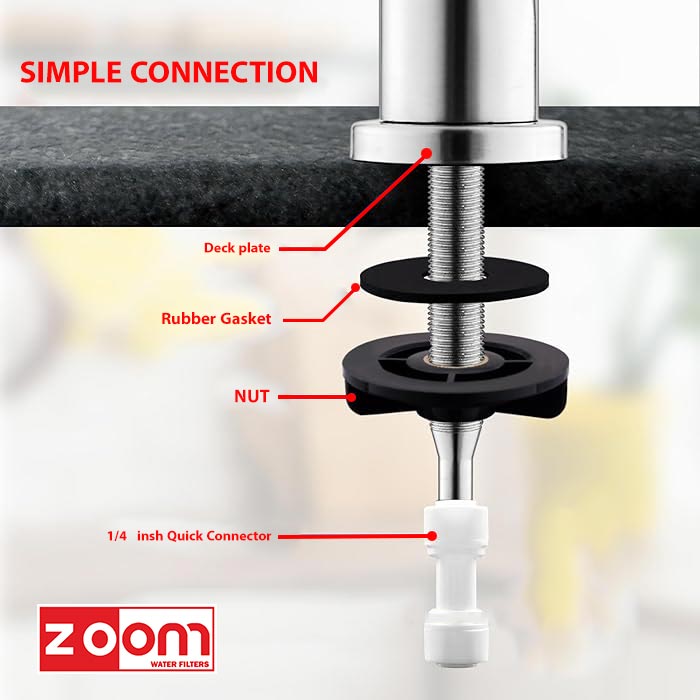
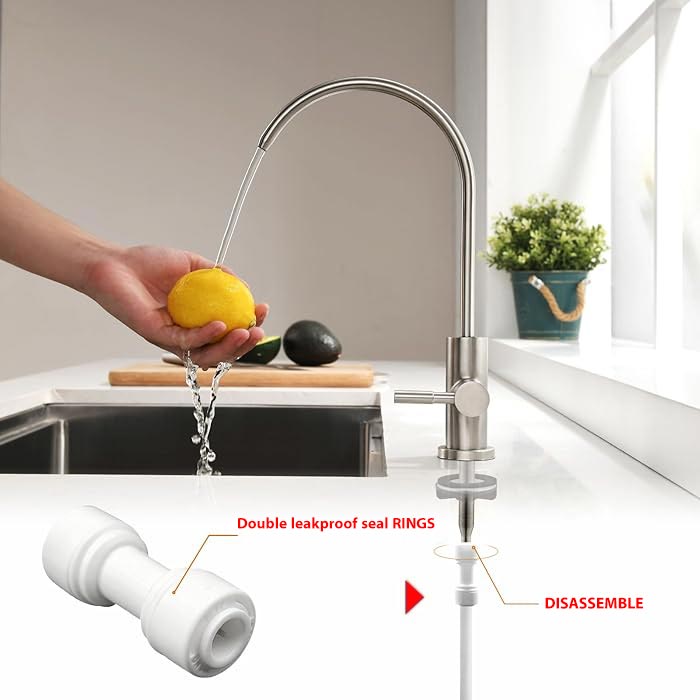
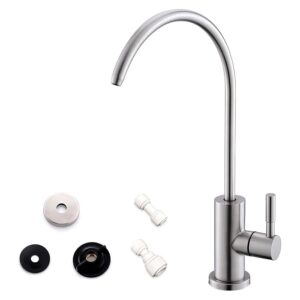
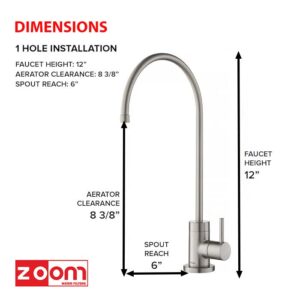
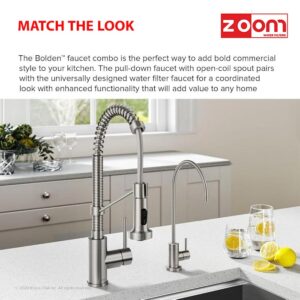
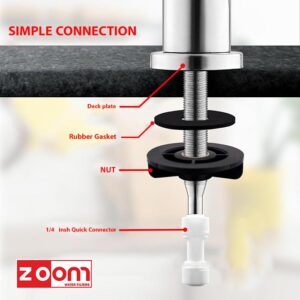
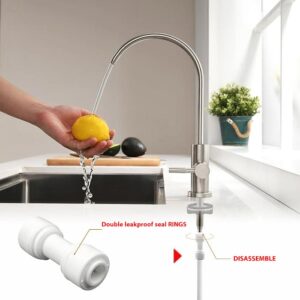
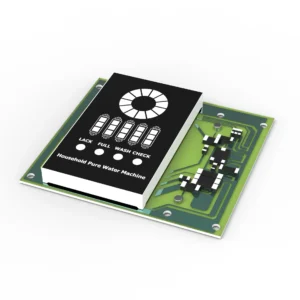
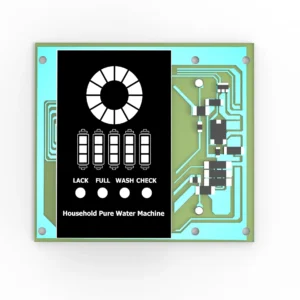
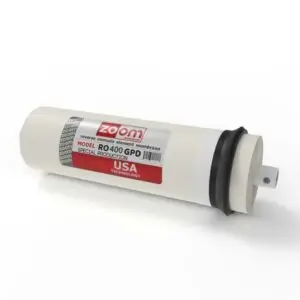
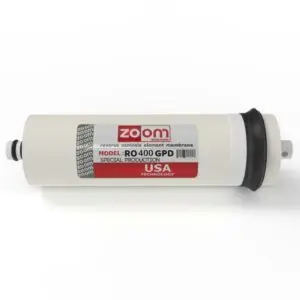


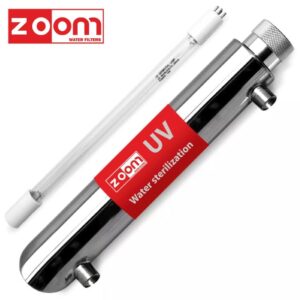
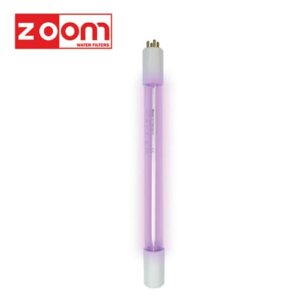
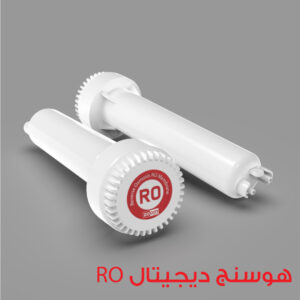
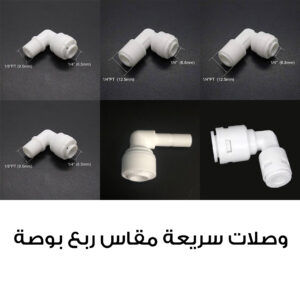
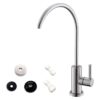
Reviews
There are no reviews yet.